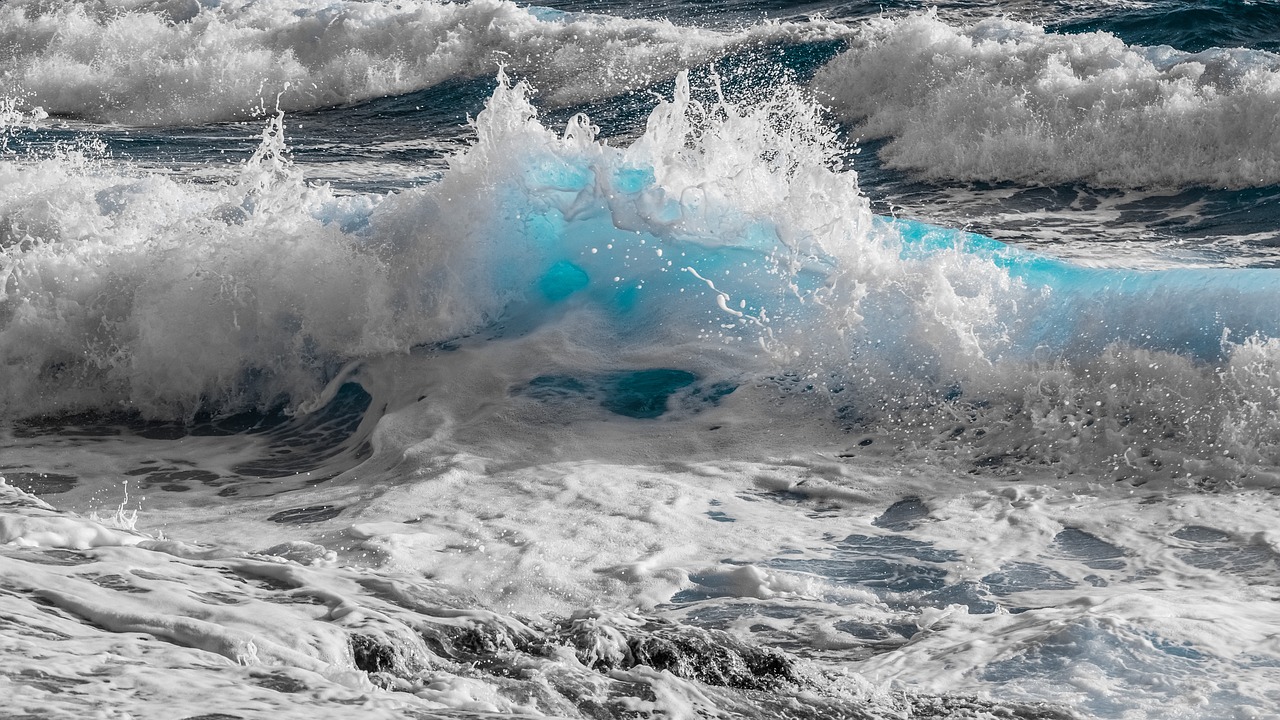Climate change is one of the most significant environmental challenges facing the world today. Its effects are widespread and can be seen in various natural phenomena, including the El Niño and La Niña cycles. In this article, we will explore how climate change affects these cycles and what impact it has on the global climate.
Table of Contents
ToggleWhat are El Niño and La Niña?
El Niño and La Niña are the names given to two phases of a natural climate cycle that occurs in the tropical Pacific Ocean. El Niño refers to the warming of the ocean’s surface waters, while La Niña refers to the cooling of the same waters. These cycles have been known to occur for centuries and can last for several months or even years.
El Niño and La Niña have significant impacts on weather patterns around the world. During an El Niño, the warm ocean waters cause changes in atmospheric pressure, which can result in droughts, floods, and severe storms in various regions of the world. Conversely, during a La Niña, the cooler waters cause changes in atmospheric pressure, which can result in colder temperatures, increased precipitation, and more severe storms.
Climate Change and its Impact on El Niño and La Niña
Climate change has significant impacts on the El Niño and La Niña cycles. The warming of the earth’s atmosphere causes the ocean waters to absorb more heat, leading to increased ocean temperatures. This increase in temperature can result in more frequent and intense El Niño events.
Additionally, climate change can lead to changes in the atmospheric conditions that drive the El Niño and La Niña cycles. The changes in atmospheric pressure and wind patterns can result in changes to the strength and frequency of these cycles, leading to unpredictable weather patterns around the world.
Furthermore, climate change can impact the strength and duration of the El Niño and La Niña cycles. As the earth’s climate continues to warm, the oceans absorb more heat, resulting in longer and more intense cycles. These changes can have significant impacts on the global climate, including increased precipitation, more severe storms, and changes in ocean currents.
Conclusion
Climate change has significant impacts on natural phenomena such as the El Niño and La Niña cycles. The warming of the earth’s atmosphere and changes in atmospheric conditions can result in more frequent and intense cycles, leading to unpredictable weather patterns around the world. As the earth’s climate continues to warm, it is crucial to understand these impacts and take action to mitigate the effects of climate change.








1 thought on “Climate Change and its Impact on El Niño and La Niña Cycles”
Pingback: Climate Models Warn of Possible Super El Niño Before End of Year